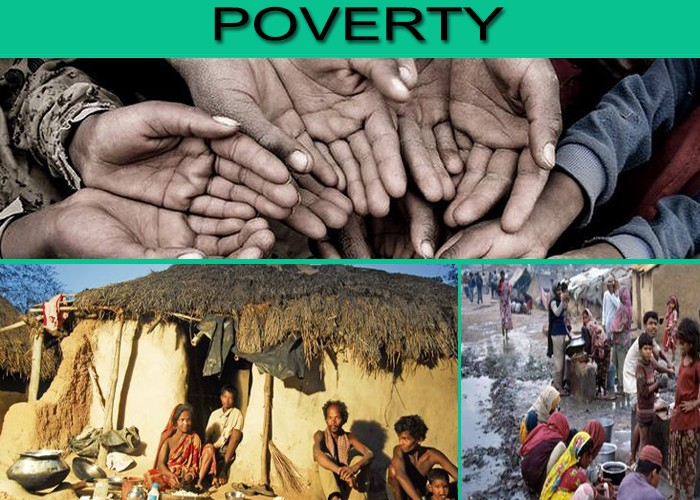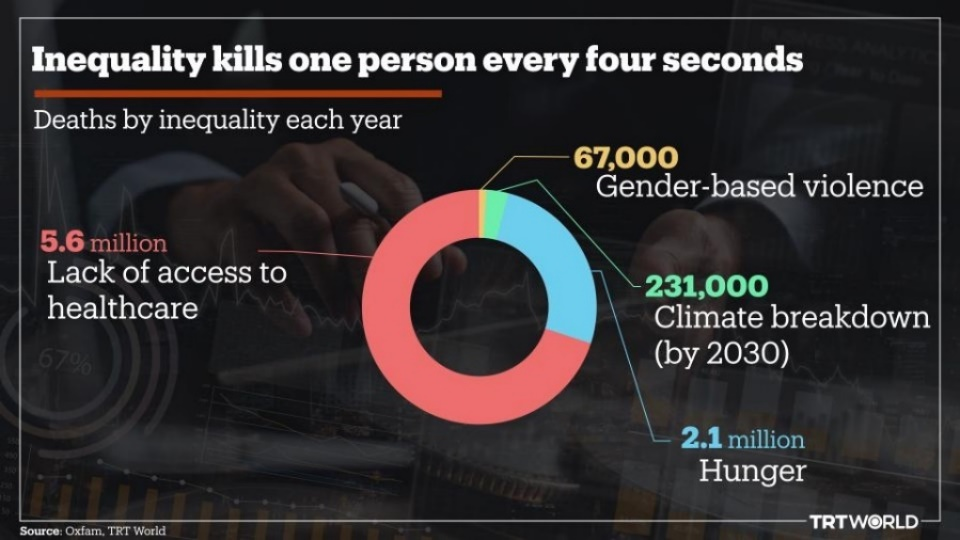Free Courses Sale ends Soon, Get It Now


Free Courses Sale ends Soon, Get It Now



Copyright infringement not intended
Context - Dr Bibek Debroy, Chairman, Economic Advisory Council to the Prime Minister (EAC-PM) has released “The State of Inequality in India Report”.
Key Points of the Report
Inequality in India: A general analysis

Copyright infringement not intended
Reasons behind Poverty in India
Way Ahead
https://pib.gov.in/PressReleasePage.aspx?PRID=1826325
© 2024 iasgyan. All right reserved